Einführung
Choosing the right excavator grab for your project is crucial for enhancing efficiency and achieving the desired results. With numerous options available in the market, it can be challenging to select the best one that meets your needs. This comprehensive guide will help you understand the factors to consider and provide valuable insights into making an informed decision.
Understanding Excavator Grabs
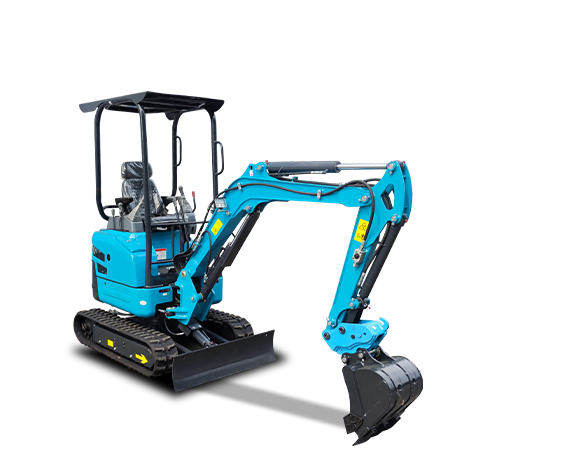
What is an Excavator Grab?
An excavator grab, also known as a grapple, is an attachment designed to enhance the versatility of an excavator. It is used to handle various materials, including logs, rocks, scrap, and demolition debris. Excavator grabs come in different designs and functionalities, each suited for specific tasks.
Types of Excavator Grabs
- Mechanical Grabs: Operated by the excavator’s bucket cylinder.
- Hydraulic Grabs: Powered by the excavator’s hydraulic system.
- Rotating Grabs: Allow for 360-degree rotation for precise placement.
Wichtige zu berücksichtigende Faktoren
-
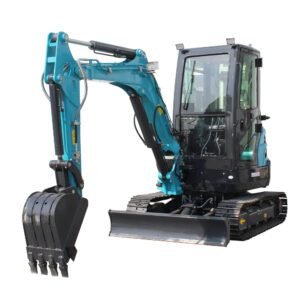 3,5T Bagger
3,5T Bagger -
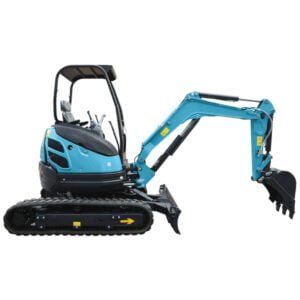 Hersteller von maßgeschneiderten 2,5-Tonnen-Baggern
Hersteller von maßgeschneiderten 2,5-Tonnen-Baggern -
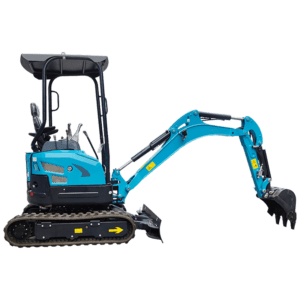 Hersteller von maßgeschneiderten 2,0-Tonnen-Minibaggern
Hersteller von maßgeschneiderten 2,0-Tonnen-Minibaggern -
 China 1,7T Minibaggerfabrik
China 1,7T Minibaggerfabrik -
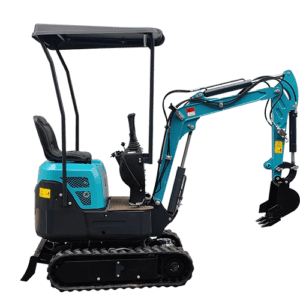 China 1.0T Minibagger Hersteller
China 1.0T Minibagger Hersteller -
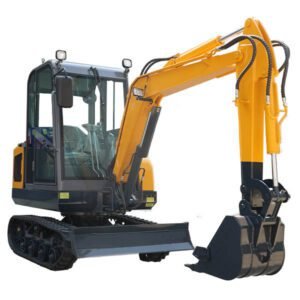 Unternehmen für maßgeschneiderte 2,5-Tonnen-Minibagger
Unternehmen für maßgeschneiderte 2,5-Tonnen-Minibagger -
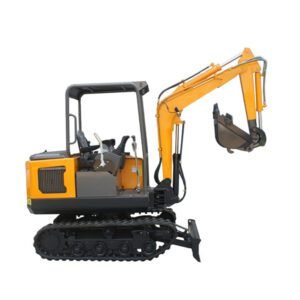 ODM 2.0T Minibagger Unternehmen
ODM 2.0T Minibagger Unternehmen -
 China 1.2T Minibagger-Unternehmen
China 1.2T Minibagger-Unternehmen
Projektanforderungen
Identify the specific needs of your project. Consider the type of material you’ll be handling, the working environment, and the volume of work. For example, a demolition project might require a robust hydraulic grab, while a logging operation might benefit from a rotating grab.
Compatibility with Excavator
Ensure the grab is compatible with your excavator model. Check the weight, hydraulic requirements, and attachment points. Using an incompatible grab can lead to inefficiencies and potential damage to the equipment.
Durability and Material
Choose a grab made from high-quality materials to ensure durability and longevity. Hardox steel is commonly used for its strength and resistance to wear and tear.
Einfache Wartung
Opt for a grab that is easy to maintain. Look for features such as replaceable wear parts, accessible grease points, and a simple design that facilitates quick repairs.
Überlegungen zum Budget
While it’s important to invest in a quality grab, it’s equally important to stay within budget. Compare different brands and models, and consider both the initial cost and long-term value.
Benefits of Using an Excavator Grab
Gesteigerte Effizienz
An excavator grab enhances the efficiency of material handling tasks, reducing the time and effort required.
Vielseitigkeit
With the right grab, an excavator can perform a wide range of tasks, from demolition to material sorting.
Sicherheit
Using a grab designed for specific tasks improves safety on the job site by providing better control and reducing the risk of accidents.
Table: Comparison of Popular Excavator Grabs
| Besonderheit | Mechanical Grab | Hydraulic Grab | Rotating Grab |
|---|---|---|---|
| Betrieb | Bucket cylinder | Hydrauliksystem | Hydrauliksystem |
| Vielseitigkeit | Mäßig | Hoch | Sehr hoch |
| Wartung | Niedrig | Mäßig | Mäßig bis hoch |
| Kosten | Niedrig | Mäßig | Hoch |
| Typical Use Cases | General material handling | Demolition, scrap handling | Logging, precise placement |
| Haltbarkeit | Hoch | Sehr hoch | Hoch |
Installation and Maintenance Tips
Installation
- Ensure the excavator is turned off and secured.
- Attach the grab according to the manufacturer’s instructions.
- Check all connections and hydraulic lines for leaks.
- Test the grab with a light load to ensure proper installation.
Wartung
- Regularly inspect the grab for wear and tear.
- Grease all moving parts as per the manufacturer’s recommendations.
- Replace worn-out parts promptly to prevent further damage.
- Keep the grab clean to prevent material buildup.
Häufige Fehler, die Sie vermeiden sollten
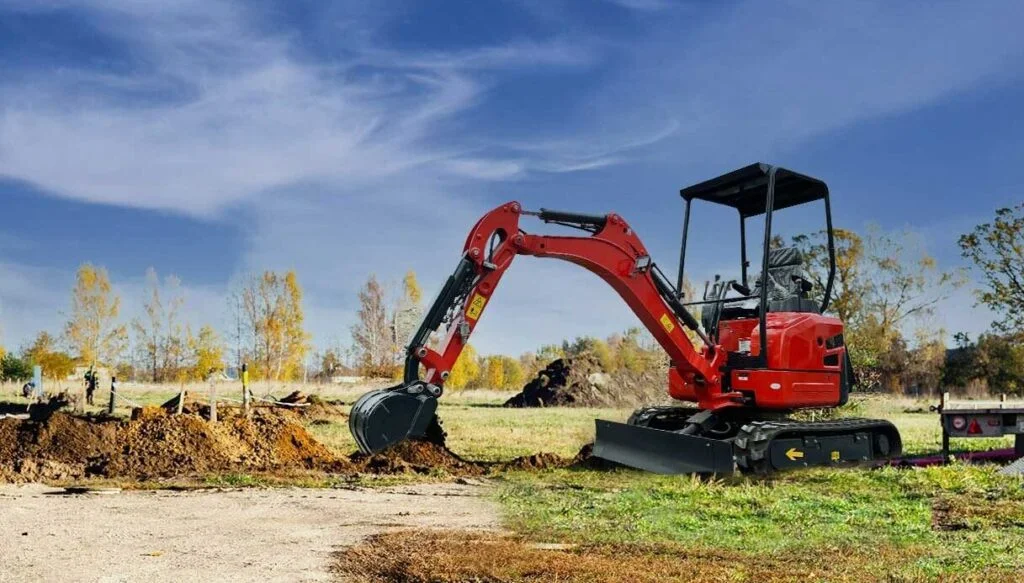
Overloading the Grab
Exceeding the grab’s capacity can lead to damage and reduce its lifespan. Always adhere to the manufacturer’s weight limits.
Ignoring Compatibility
Using a grab that is not compatible with your excavator can cause operational issues and damage both the grab and the excavator.
Skipping Regular Maintenance
Neglecting maintenance can lead to premature wear and tear, reducing the efficiency and lifespan of the grab.
Fazit
Die beste Wahl Bagger grab for your project involves careful consideration of various factors, including project requirements, compatibility, durability, maintenance, and budget. By understanding the different types of grabs and their applications, you can make an informed decision that enhances efficiency and productivity. Regular maintenance and proper use are key to ensuring the longevity and optimal performance of your excavator grab.
FAQ
What is the best type of excavator grab for demolition?
Hydraulic grabs are generally the best choice for demolition due to their strength and versatility. They can handle heavy loads and withstand the rigors of demolition work.
Can I use the same grab for different materials?
While some grabs are versatile, it’s best to use a grab specifically designed for the material you’re handling. For example, a rotating grab is ideal for logs, while a hydraulic grab is better for scrap metal.
How often should I maintain my excavator grab?
Regular maintenance should be performed according to the manufacturer’s recommendations, typically after a certain number of operating hours or monthly, whichever comes first.
What should I do if my grab is not performing well?
First, inspect the grab for any obvious issues such as wear and tear or hydraulic leaks. If the problem persists, consult the manufacturer or a professional for further diagnosis and repair.
Are rotating grabs worth the investment?
If your project requires precise material placement or handling of awkwardly shaped items, a rotating grab can be a valuable investment due to its enhanced control and flexibility.

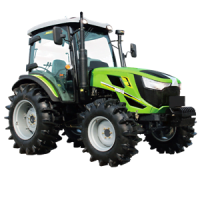
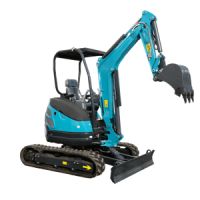
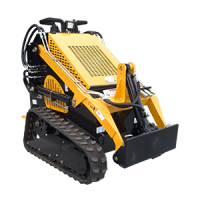

-1.png)